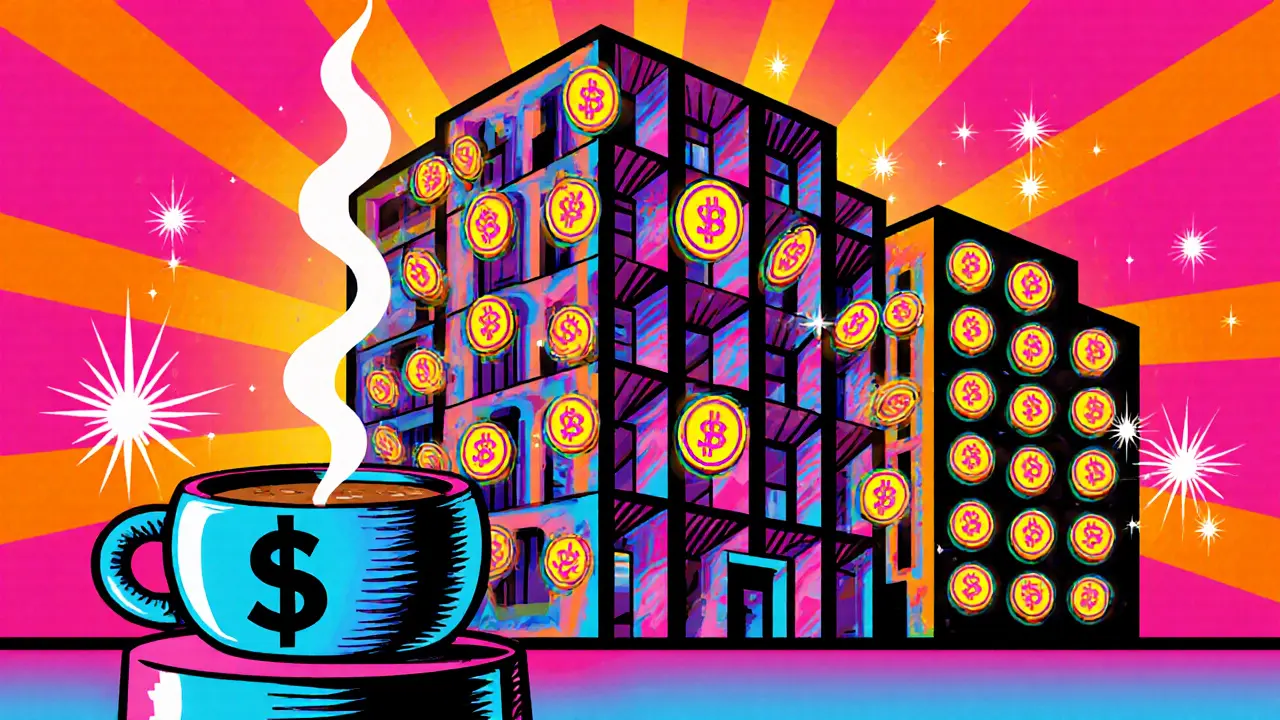Real Estate Tokenization: Unlocking Property Investment on the Blockchain
When working with real estate tokenization, the process of converting physical property rights into digital tokens that can be bought, sold, or traded on a blockchain. Also known as property tokenization, it lets anyone own a slice of a building, a plot of land, or a rental portfolio without needing a deed in hand. Blockchain, a distributed ledger that records transactions in a tamper‑proof way provides the trust layer, while security tokens, digitally encoded securities that meet regulatory standards give the tokens legal standing. In short, real estate tokenization turns an illiquid asset into a liquid, programmable one.
Why Tokenize Real Estate?
First, fractional ownership breaks the high cost barrier. Instead of needing thousands of dollars to buy a whole property, investors can purchase tokens worth a few hundred dollars, spreading risk across many assets. Second, token markets work 24/7, so sellers aren’t stuck waiting for a buyer in a traditional real‑estate transaction that can take weeks. Third, smart contracts automate rent collection, dividend distribution, and even compliance checks, cutting down on paperwork and middlemen. Finally, transparency improves – every token transfer is recorded on the blockchain, giving regulators and participants a clear audit trail.
These benefits don’t appear out of thin air; they rely on three core components. Smart contracts, self‑executing code that enforces the rules of token ownership and payouts enforce the token‑holder rights without manual oversight. Asset custodians, entities that hold the legal title to the underlying property and ensure it matches the issued tokens maintain the link between the digital token and the real world. Finally, Regulatory frameworks, guidelines from securities authorities that dictate how token offerings must be structured and reported keep the ecosystem compliant and protect investors. The interaction of these entities creates a reliable bridge between brick‑and‑mortar assets and crypto markets.
Real estate tokenization isn’t just a buzzword; it’s already shaping portfolios. Projects that tokenized office buildings reported up to 30 % higher liquidity compared to traditional REIT shares, while investors enjoyed automated quarterly payouts via smart contracts. In emerging markets, tokenization has enabled cross‑border investment where local regulations previously limited foreign ownership. These real‑world examples show that the technology is moving from pilot to production, and the pace is only accelerating as more platforms adopt standards for token issuance.
For anyone eyeing this space, the key questions are: which blockchain should host the tokens, how will the token be classified (security vs utility), and what custodial partner will guarantee the underlying asset’s integrity? Answering these questions requires a mix of technical know‑how, legal insight, and market awareness. That’s why the collection below covers a range of topics – from airdrop mechanics that teach token economics, to deep dives on stable‑coin DEXes that illustrate how liquidity works, to compliance guides that map out regulatory steps. By the time you finish browsing, you’ll have a solid grasp of how to evaluate a tokenized property, understand the risks, and spot the opportunities.
Ready to explore? Below you’ll find articles that break down tokenomics, compare platforms, and walk you through real‑world use cases. Whether you’re a developer building a token issuance platform, an investor looking for the next fractional property deal, or a regulator trying to keep pace, the content here provides the practical insights you need to move forward.
Real Estate Tokenization: How RWA Tokens Unlock Fractional Property Investment
Learn how Real Estate RWA Tokenization works, its benefits, risks, market outlook, and a step‑by‑step guide for investors looking to buy fractional property tokens.
